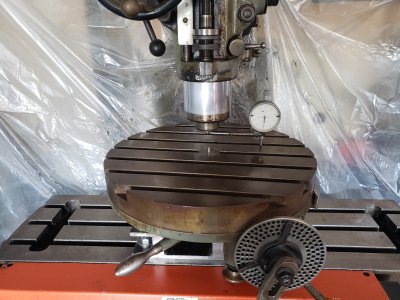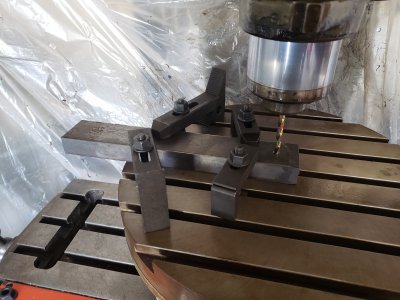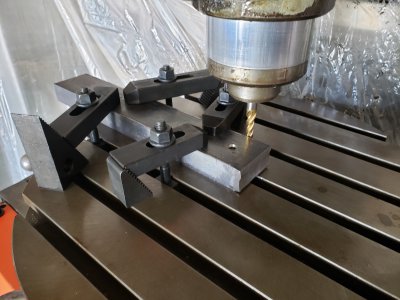- Joined
- Sep 28, 2013
- Messages
- 4,309
anyway of attaching a DTI to that? Maybe others will chime in, but I don't think a height gauge is the right tool for surveying flatness of a plate.
I started cutting and, after a single pass, my shirt and shorts were totally covered in sharp little chips. My family really doesn't appreciate it when I bring those into the house and then they step on them with their bare feet...so, once again, I improvise. This picture is purely for your amusement. My wife and kids were likewise amused. I think it's a solid look. Dont be shocked when you see it on the high fashion runways of Paris in the near future.
I guess I'm confused. If I bolt my fixture to the bed of the Bridgeport and then sweep it with the indicator, why would I doubt the flatness?
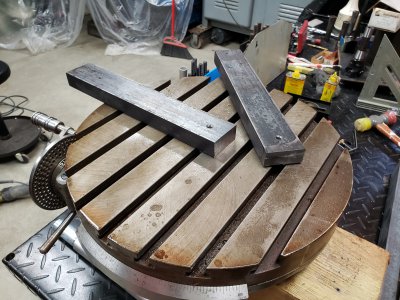
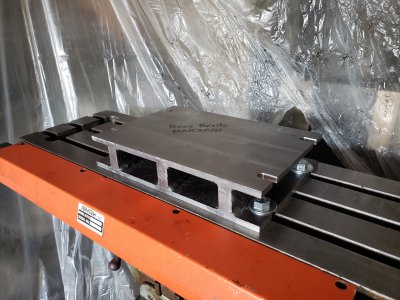
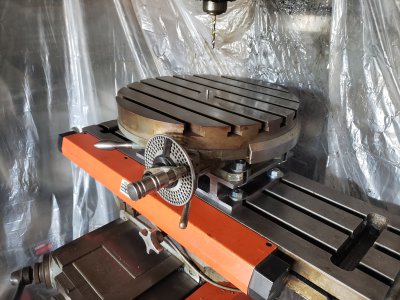
I call that 'tuition'.It's my own fault. When given the choice between buying the parts for $80 or buying the tools and learning how to make the parts myself for $400, I'll usually go the $400 path.
